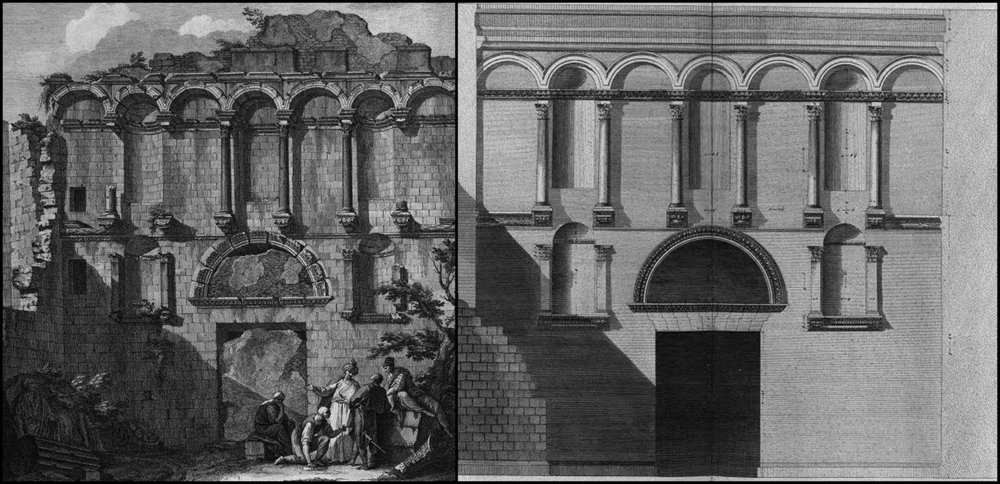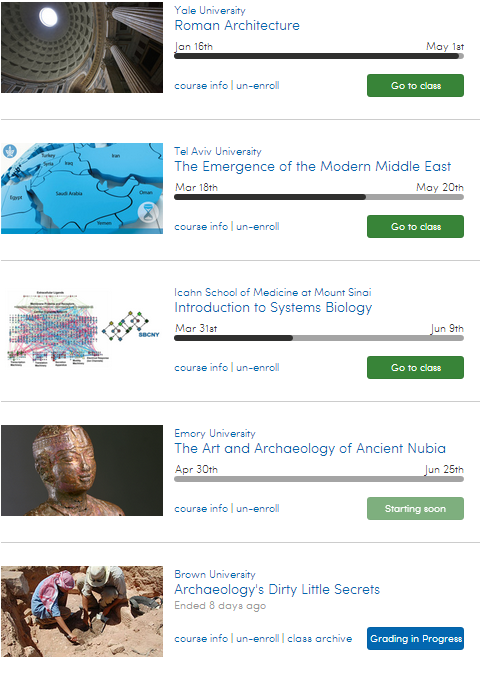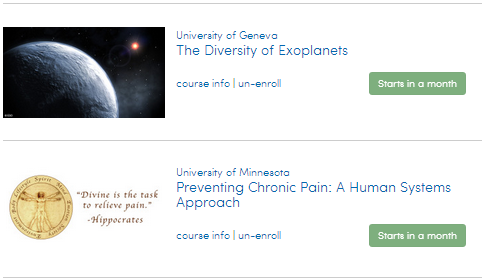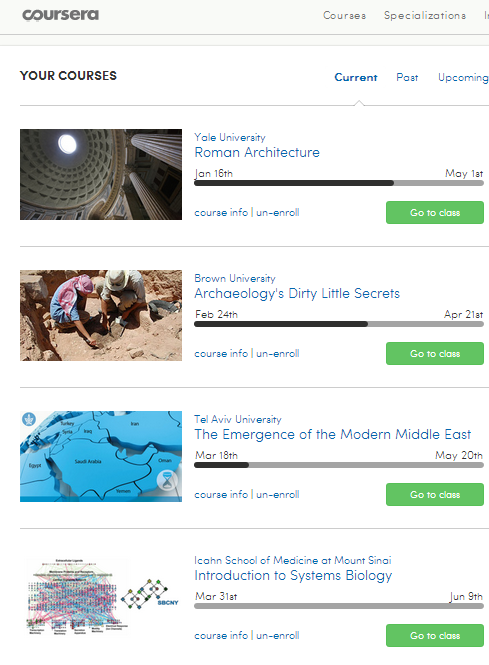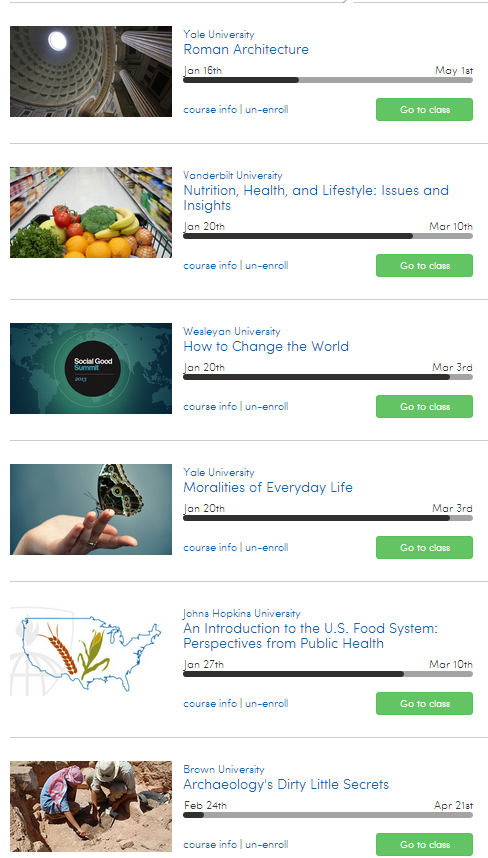3 Free eBooks - November 2014
/It’s time again for the monthly post about eBooks that are freely available on the Internet. The three below are my favorites for November 2014.
 Fritzinger, Leopold Joseph Franz Johann. Bilder-Atlas zur wissenschaftlich-popularen Naturgeschichte der Wirbelthiere. 1867. Available from the Internet Archive here. A volume of color prints of lizards and other reptiles.
Fritzinger, Leopold Joseph Franz Johann. Bilder-Atlas zur wissenschaftlich-popularen Naturgeschichte der Wirbelthiere. 1867. Available from the Internet Archive here. A volume of color prints of lizards and other reptiles.
Verneuil, Maurice Pillard. Etude de la plante : son application aux industries d'art : pochoir, papier peint, etoffes, céramique, marqueterie, tapis, ferronnerie, reliure, dentelles, broderies, vitrail, mosaïque, bijouterie, bronze, orfévrerie. Paris: Librairie Centrale des Beaux-Arts. 1903. Available on the Internet Archive here. It is interesting to see how botanicals were translated into interior design elements in the early 1900s. I’ve made collages of the iris designs.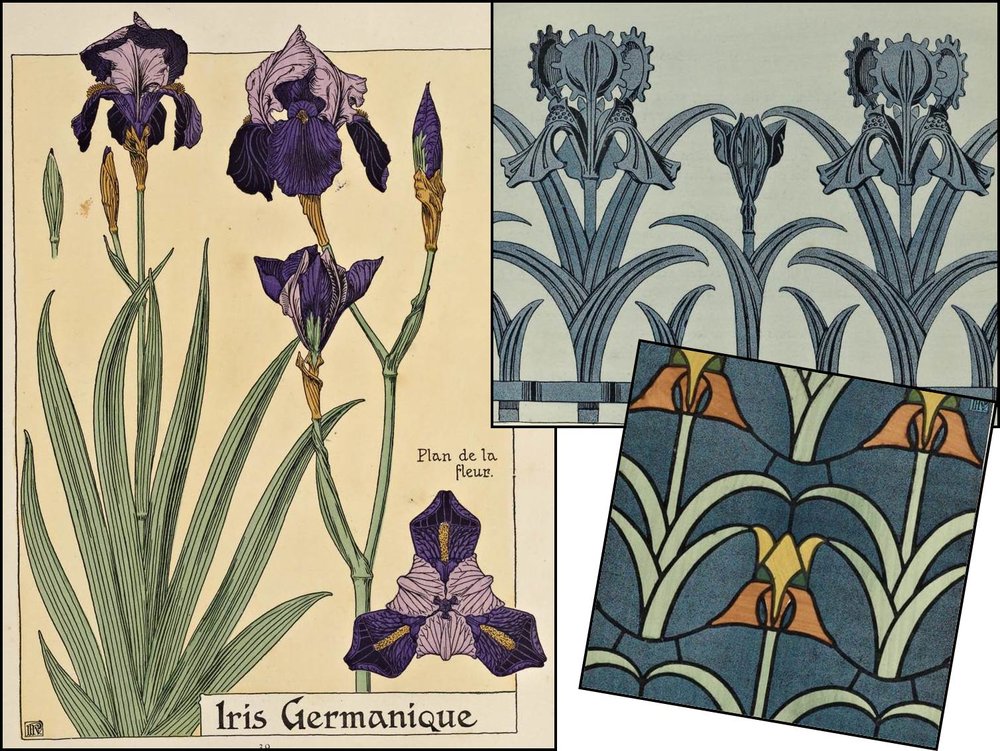

Adams, Robert. Ruins of the palace of the Emperor Diocletian at Spalatro in Dalmatia. London: printed for the author. 1764. Available at the Internet Archive here. This book had been on my ‘too read’ list since last fall when I enjoyed a Roman Architecture course via Coursera. The drawings are quite good. The author includes images of the ruins as they were in the 1760s as well as what he thought they were like when they were first built.